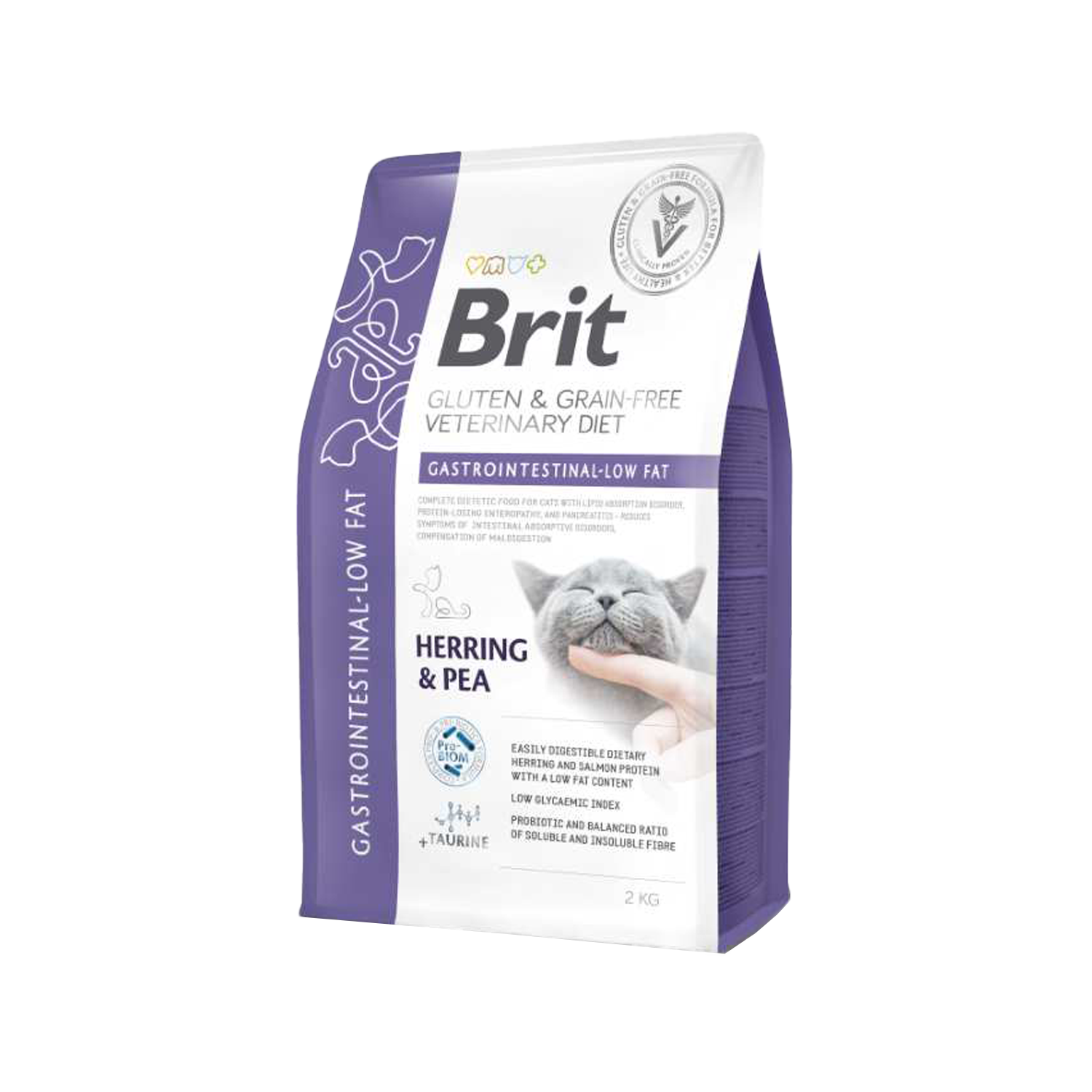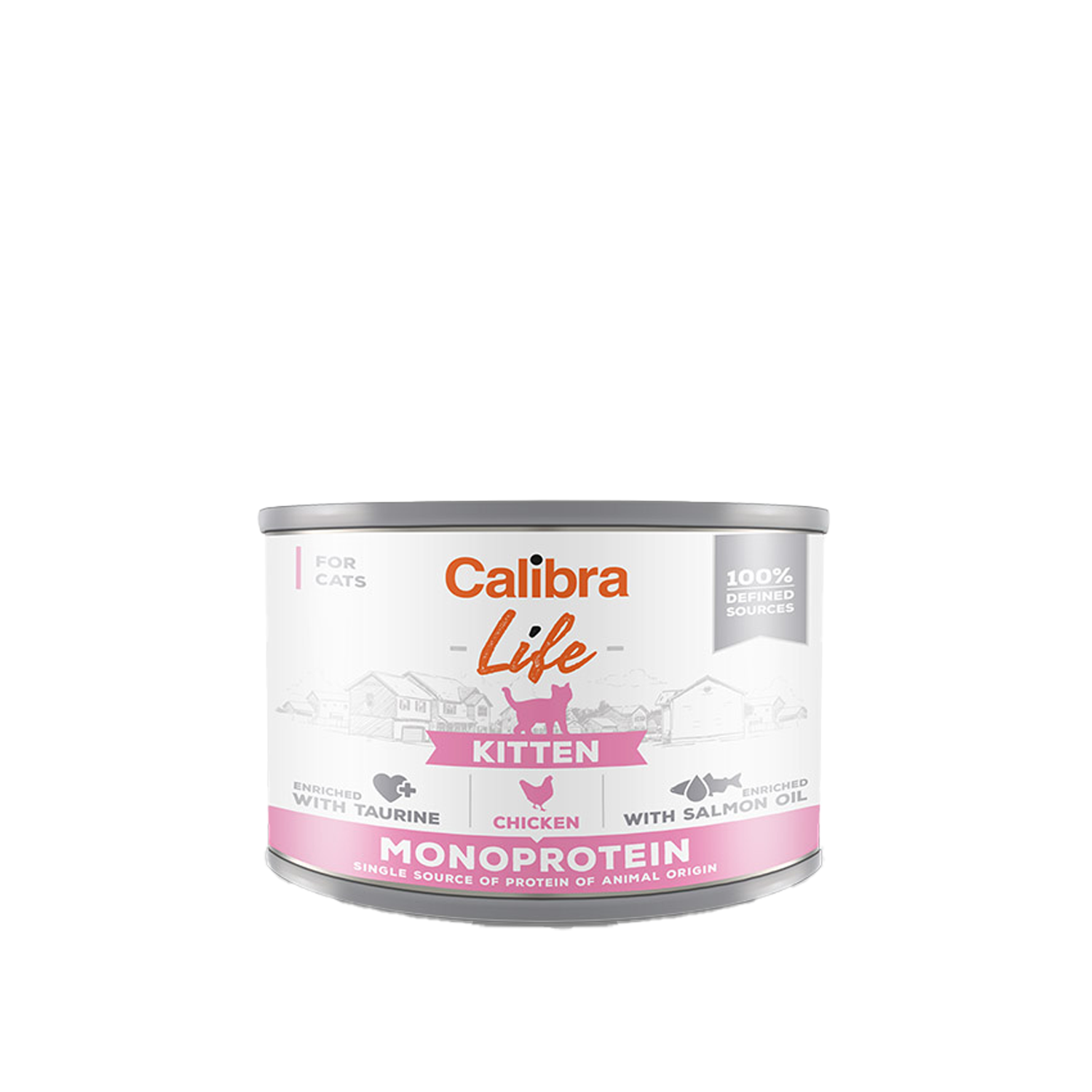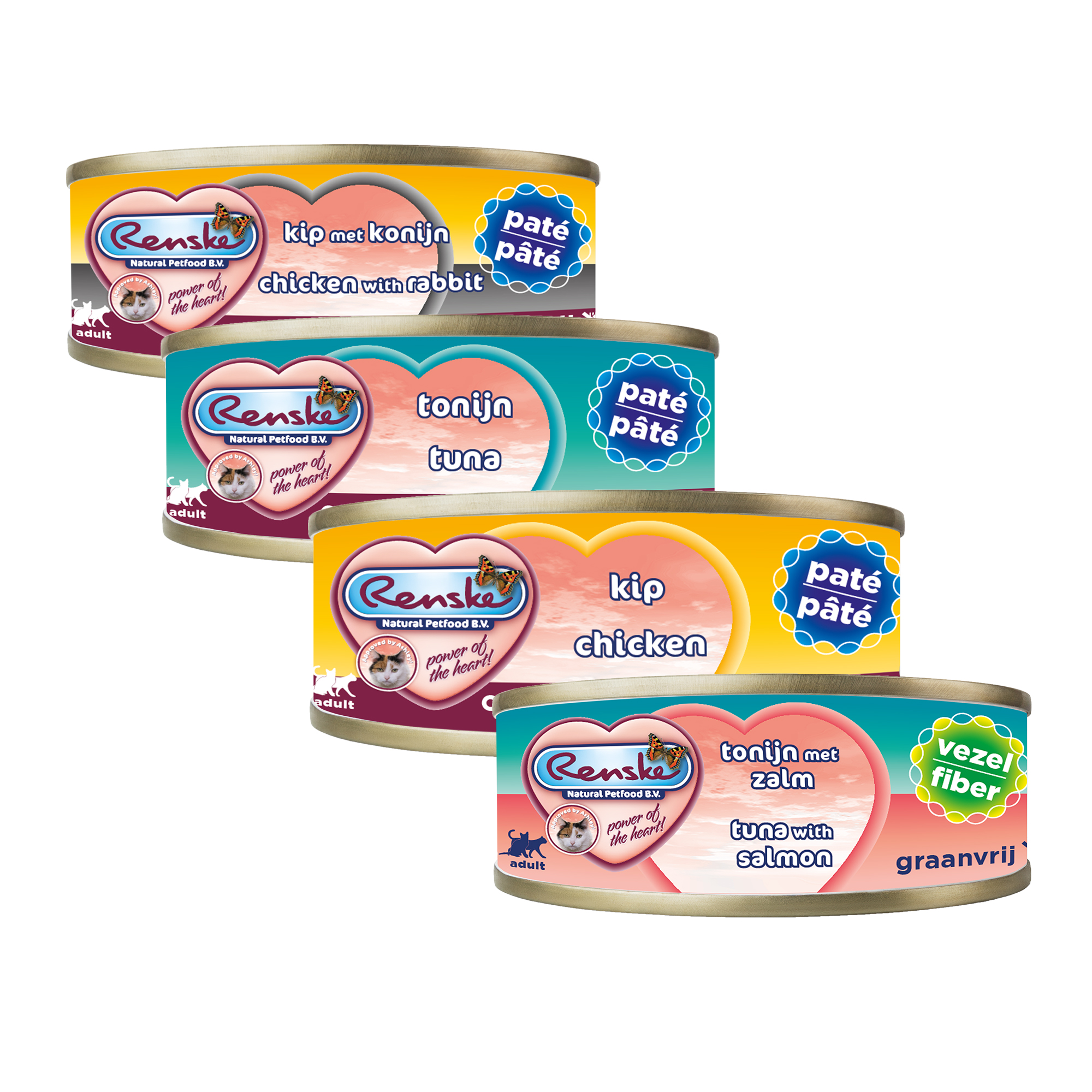Why do you choose gluten-free food for a cat?
If your cat suffers from food hypersensitivity, it can be useful to choose a gluten-free diet. In most cases, it is animal proteins in food that causes an allergic response, especially when we are talking about food allergies. However, proteins in grains can also trigger a reaction. These are often the gluten. Wheat gluten is the most common gluten that can cause an allergic reaction.
Gluten allergy or gluten intolerance?
A gluten allergy is not the same as a gluten intolerance as we know it in humans. A gluten allergy can result in a reaction of the immune system to the gluten in food. This then causes symptoms that manifest themselves in the form of itching. The body is unable to digest gluten when we talk about gluten intolerance. The intestinal wall is damaged and we often see complaints such as diarrhoea and a swollen stomach with abdominal pain. In animals, we only see this in the Irish Setter, although it can also occur in other animals. If you have a cat that quickly suffers from gastrointestinal tract problems, or is familiar with certain disorders of the gastrointestinal tract, such as chronic inflammation, it can certainly be worth using a gluten-free diet. Hypoallergenic Cat food can also be used in this case.
If you suspect your cat has a gluten intolerance, give a gluten-free diet for at least 4-6 weeks. Only then can you assess whether this food improves the symptoms because the body needs time to recover in the event of an allergy as well as intolerance. Always consult your vet first.
Here you will find our range of gluten-free cat food.




























